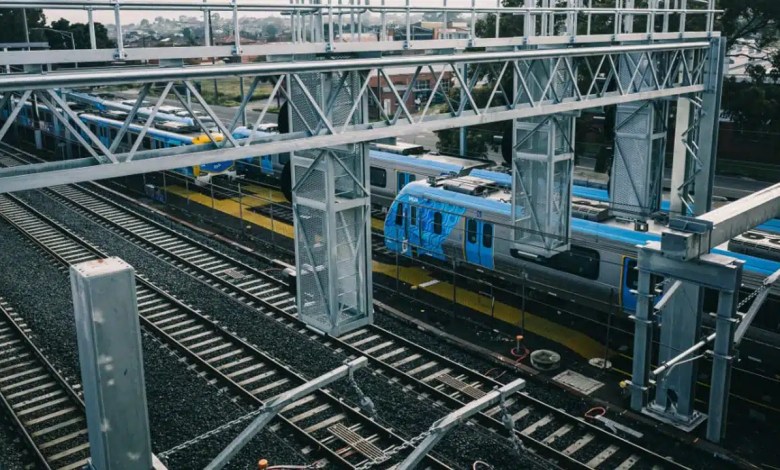Rail Welding Machine Troubleshooting: Find Lasting Solutions to Common Issues

Welding is a science and an art, and even professional welders find themselves in a bind when their rail welding machines stop working as expected.
Having encountered their fair share of welding machine conundrums, experts have decided to put together this comprehensive guide to help their counterparts, including you, troubleshoot common issues.
From mysterious malfunctions to sparking arcs, let’s dive deeper into the welding machine troubleshooting world to unearth more.
Troubleshooting Common Rail Welding Equipment Issues: A Step-by-Step Guide
Similar to any other equipment piece, flash-butt welding machines can encounter a lot of problems. If you find yourself facing any problem with your flash-butt or any other welding machine, follow these straightforward steps to troubleshoot and get back to smooth welding.
Power Supply Check
No power or intermittent power is a common problem with rail welding equipment. Your initial troubleshooting step should be a power supply check. Start with power source inspection to ensure the adequacy and stability of the electricity supply.
This process involves checking that your welding machine’s power source is active. Also, check to ensure that the voltage is within the recommended range. Any inadequacies or fluctuations in your power supply can massively affect your welding machine’s performance. In terms of power supply, other important things to check are:
- Power supply cables: Look for visible signs like exposed wires, frays, and cuts.
- Check the circuit breaker: Circuit breakers help protect the machine from faults. Any power interruption will lead to your machine suddenly stopping. This step is especially important in cases where your machine loses power unexpectedly.
Poor Quality of Arc
The second most common rail welding equipment problem is poor arc quality. The focus of this troubleshooting step is addressing issues linked to the poor quality of the arc. It is usually characterized by inconsistent or unstable arcs during welding.
The electrode condition is the first point of consideration. It is essential to carry out a thorough inspection of the electrode to identify any wear or damage signs. Worn or damaged electrodes can affect the welding arc’s stability. You can promote a more consistent and reliable arc during your welding process by ensuring the electrode is in excellent condition.
Overheating
The third step of troubleshooting a welding machine focuses on addressing problems associated with overheating. Overheating is one of the causes of unexpected shutdowns. Ensure proper ventilation when dealing with overheating.
Make sure that your machine is in a place where there is enough ventilation. Adequate ventilation provides room for efficient heat dispersion, preventing the equipment from reaching critical temperatures. Other crucial things you can do to prevent overheating are:
- Checking the cooling system
- Cleaning air events
Are you after efficiency, prolonged equipment life and your safety? Master the flash-butt welding machines troubleshooting art.
People Also Read: Essential Tips for Avoiding Common Winter Driving Accidents.





